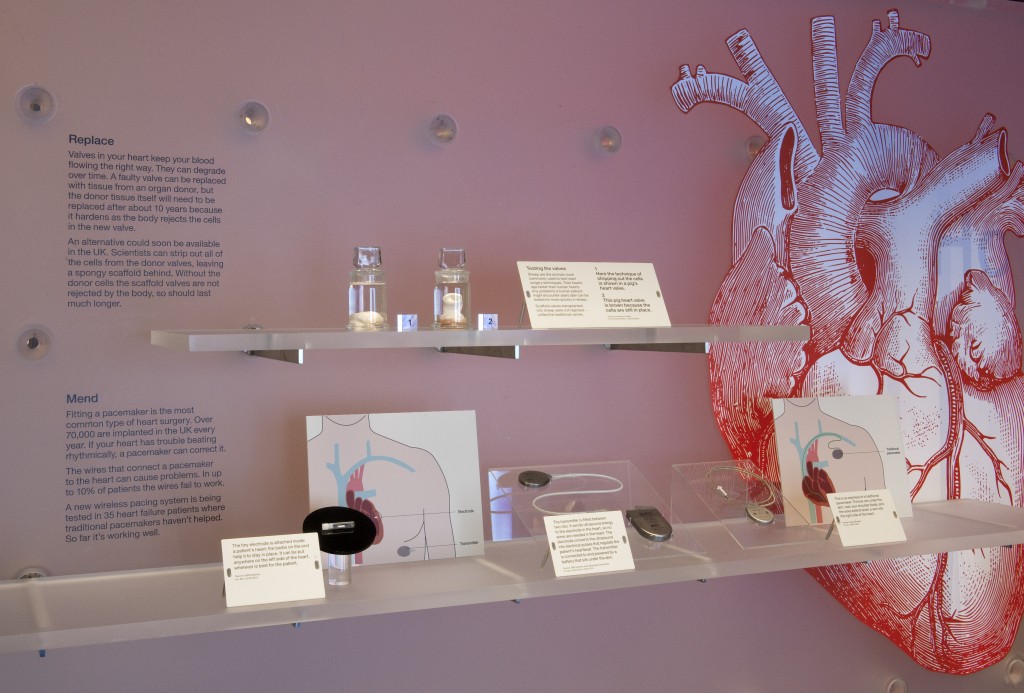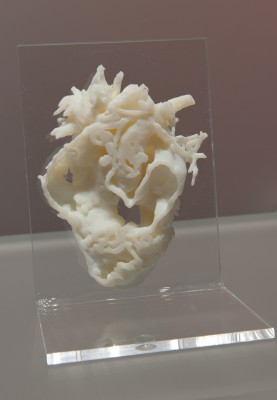As a new display (How to mend a broken heart) opens at the Museum, I spoke to surgeon David Anderson who specialises in helping children with congenital heart defects at Evelina London children’s hospital. David gave me a fascinating insight into his work, including how 3D printed models of patient’s hearts can help surgeons.

What drew you to heart surgery?
When the procedure is finished you usually know immediately if it’s worked or not. It’s an instant thrill for me to see a successful operation. As a person I am not someone who likes to wait and see, preferring quick solutions. That instant gratification may be why I pursued heart surgery over other surgical disciplines.
It’s humbling. The heart is so fantastically designed; it can beat continuously for 100 years or more, non-stop. After an operation the heart has to immediately start working at full capacity. There’s no time for it to rest and recover from the injury of cutting and stitches that surgery inflicts. The patient immediately needs it to work perfectly, and it can.
Why did you choose to specialise in children?
Working with children who have congenital heart conditions is a wonderful intellectual as well as technical challenge. There are so many ways the heart can be abnormal and need correcting. It’s a very interesting challenge to firstly understand the abnormality and then work out how to cut and stitch a child’s heart to make it work normally.

What happens when a heart defect is detected in a baby?
Lots of heart problems are now picked up before a baby is born and parents are prepared. But when it’s not, the parents go from that peak of joy, with friends and family excitedly congratulating them, to the bottom falling out of their world when a heart condition is detected in the baby. The new family is left feeling utterly devastated as the baby is blue-lighted through the night to a specialist centre. It’s the greatest privilege to be able to help them.
What’s the most dramatic change you’ve seen in heart surgery?
When I started as a heart surgeon in 1984 you were never sure what you’d find when you started to operate on a patient. Now we can 3D print a model of a patient’s heart beforehand. Surprises during the operation are more or less eliminated.
How does 3D printing helping surgery?
3D printing a heart beforehand means I have time to get the concept of the patient’s blood-filled and pumping heart in my head. That way I can imagine it better when I’m actually performing the surgery.
A major challenge with heart surgery is that when we stop and drain the blood from the heart it collapses like a deflated balloon. It’s very like dressmaking. You alter the dress on the flat with the sewing machine, but all the time having to think how it will actually look when it’s 3D and being worn.
How to mend a broken heart is on display in the Museum’s Who Am I? Gallery until 30 April 2016. Scientists from King College will bring a collection of 3D printed hearts to Lates on Wednesday 24 February 2016.